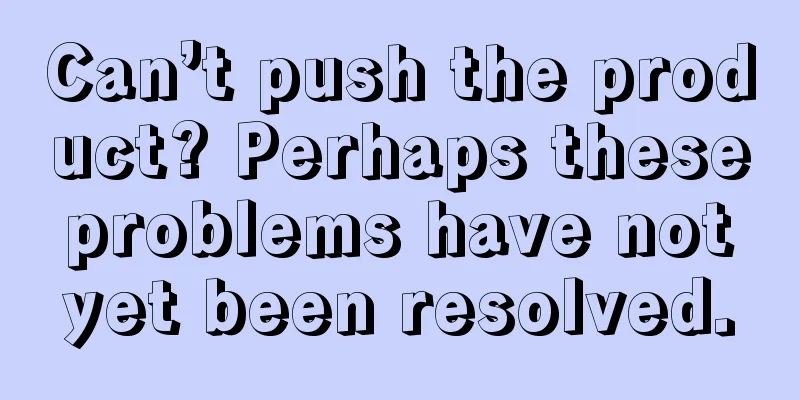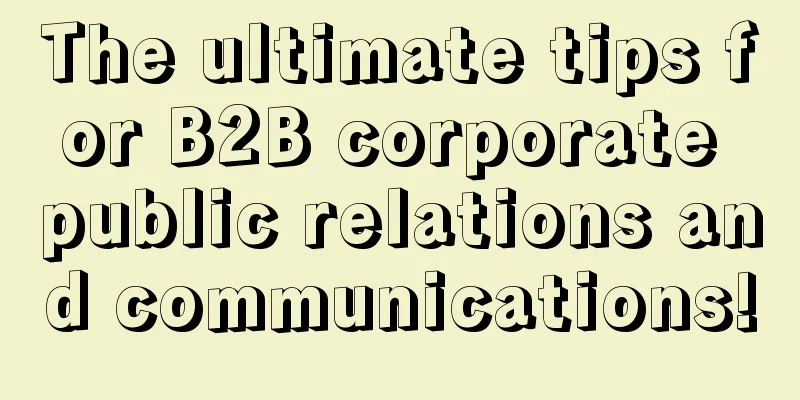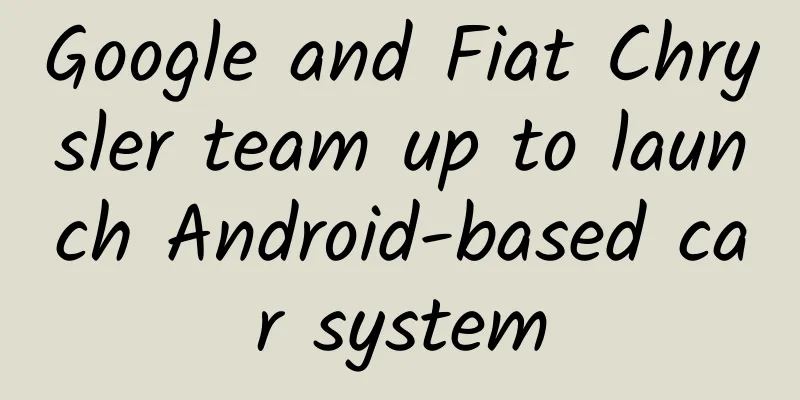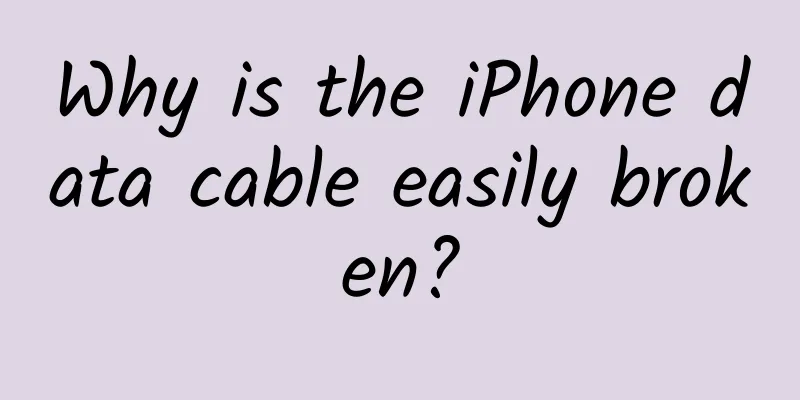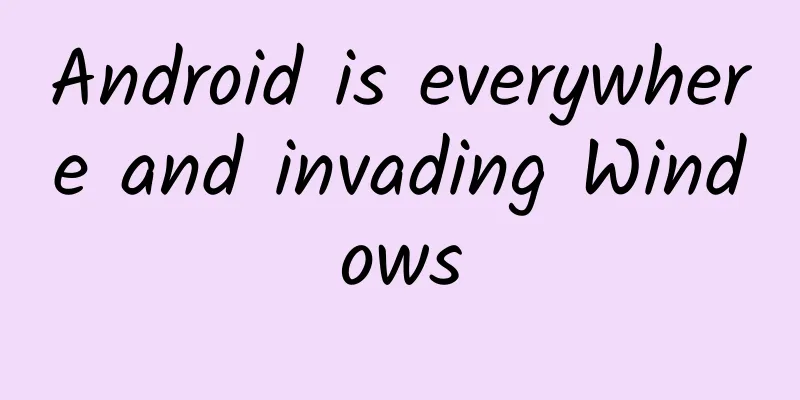8 small things I tried to do for the planet, first of which: Eat clams
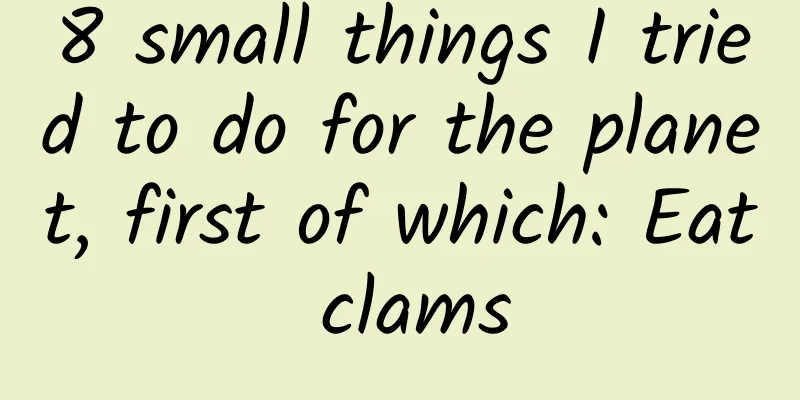
|
Like many people, I once thought that to live a " sustainable life ", I had to become an ascetic. But as I gradually did some small environmental protection things within my ability in the past five or six years, I found that I didn't lose much convenience, but gained a richer and more fulfilling life. I initially started thinking about “what can I do to be more environmentally friendly” just out of a little bit of peer pressure: I have some friends who work in animal protection, they work very hard, and sometimes even do some Sisyphean heroism, and I thought that at least I shouldn’t be scolded for eating (・᷄ὢ・᷅). So I started to pay attention to ingredients with less environmental impact, and from then on, I opened the door to a new world. A while ago, I was having dinner with my teacher in a traditional Chinese restaurant, and the teacher asked, "Do you have any dietary restrictions?" “Shark’s fin, fish maw, bird’s nest, eel, grouper…” "I understand. I won't eat anything expensive." …You summed it up well. Tomorrow is World Earth Day . Although environmental protection sounds like a big concept, there are a few small things we can do in our daily lives to prevent the earth from becoming so bad. 1. What is better to eat? Close, cheap, healthy, and clams When it comes to diet, I (try to) apply the following principles: Prioritize local ingredients , which have low carbon emissions from transportation and storage; Give priority to farmed species rather than wild-caught species to avoid threats to populations from wild bycatch (i.e., accidentally caught in fisheries); Prioritize chicken and river seafood , which have lower emissions from production processes; Understand which food sources are unsustainable or have severe environmental costs and blacklist them - for example, using bottom trawling to "catch all" aquatic products will have additional environmental costs. You can check out the Seafood Selection Guide at WWF Hong Kong [5]. However, farmed seafood is not necessarily environmentally friendly seafood. For example, eels are usually caught from wild fry for aquaculture, which leads to further depletion of wild populations.|seafood-guide.wwf.org.hk These are some rough rules. They do not (and cannot) exhaust all the conditions for sustainable diets, but they are generally more feasible . The dietary guidelines for residents, which call for eating less red meat (less than 50 grams a week) and increasing the intake of vegetables, protein and coarse grains, are also easy to coordinate with these rules. How to get local products? Usually the source of ingredients in the community vegetable market is closer . Many Shanghai local public accounts will regularly push information about the listing of surrounding agricultural products, and there are often markets in parks. In addition, there is indirect information: I read an article about a man in Yunnan who has been breeding hairy crabs for many years. Sometimes he encountered floods and holes in the gates. Later, crab breeding experts from Qingpu, Shanghai went to guide him. The man finally ended the difficult history of only harvesting 6 crabs a year and began to harvest. In addition to telling us that agricultural breeding technology is very important, this story also tells me an important piece of information: hairy crabs are available locally, so I will buy those from Qingpu this year. Spicy Stir-fried Clams|Duoer708090 /Douguo Food What about clams ? A study comparing emissions and pollution, nutritional composition, availability, and other aspects of many foods found that farmed bivalve seafood (and seaweed) scored top in many regions of the world [1]. Tasty, cheap, environmentally friendly, and healthy , what kind of hexagonal warriors are they. The local bivalve specialty, clams, are available almost all year round, and when they are cheap, they are only 5 yuan per pound. Clams are stewed with eggs, clam vermicelli, and spicy fried clams. I won’t say more. I’m going downstairs to buy some now. 2. Bicycles, excellent A number of papers have investigated the effects of cycling, finding that it not only reduces carbon emissions itself, but also reduces air pollution caused by car emissions and increases physical activity . One New Zealand study found that replacing 5% of car travel distances in a model scenario with bicycles reduced 116 physical activity-related deaths and 6 local air pollution-related deaths per year. [2] In addition to these benefits, I can add two more: After cycling, the annual transportation expenses are about one-sixth of what they were in the past. In Shanghai's traffic conditions, the only vehicle faster than a mountain bike within 8 kilometers is usually the subway. (The same is true for electric bikes, but they don't have any sports benefits and need to be charged, unlike bicycles, which only require people to eat.) Below is a meter I have used for 20 months, with a mileage of nearly 5,000 kilometers. A rough calculation shows that it reduces carbon emissions by about 500 kilograms compared to taking a (gasoline-powered) car. [3][4] A speedometer that has been used for 20 months | Photo provided by the author 3. Plastic is not trash In a recent video about marine plastic waste, a staff member said: "Plastic is not garbage. It is so durable, strong, practical and convenient, but we only use it once or twice and then throw it away, leaving it in the wrong place and becoming a burden on the environment and society." The idea here is not to focus on "how to deal with the flood of plastic waste", but to remind people to realize that these "wastes" are so precious and should not slip away from their hands . With this idea in mind, you will be pleasantly surprised to find that they can have a second life. No good plastic container can leave the home of a gardening enthusiast or a handicraft maker intact! o(`ω´ )o When my friends came to my house and ordered milk tea, I took both the cup and the tray! |Photo provided by the author Yogurt jars, food trays, and used plastic bags are all great gardening containers. | Photo courtesy of the author When we go out to eat, we often bring food boxes. These boxes are also used to hold work lunches, share fruits and leftovers, and they can be stacked in the refrigerator to save space. However, please pay attention to whether your plastic box is food grade, whether it can be heated, frozen or machine washed. You can check the recycling logo on the container: different numbers in the triangle represent different materials. Generally, the disposable plastic containers I reuse are no longer used to hold food. |Photo provided by the author This strange thing was sawed off by my husband when he was modifying an air purifier. He asked me if I had any use for it. I took a look and realized that it was a natural wet trash can. A natural wet trash can | Photo provided by the author Giving waste a second life is not about forcing a (useless) use for it; it is actually quite creative – for example, the picture below shows a jumping spider breeding box that my husband made using a burnt circuit board and two half-opened boxes. Jumping spider breeding box | Photo provided by the author This box meets the needs of providing the spiders with complex terrain and cover, as well as our need to observe and feed them. It was made during the silent period, using all the materials at hand, and even the jumping spider was caught from a flower pot. 4. Make use of your remaining energy (literally) The heat and wind generated by household appliances are usually predictable, and we have found many ways to use them in daily life, such as using dryers to ferment dough, using routers to keep insects warm, and using air purifiers to dry mobile phones that have fallen into the toilet. If these resources can be used to some extent, there is no need to buy additional appliances and consume special energy for them. One of my favorite applications is to put a wire rack above the oven to hold the dishes that are often used. The dishes are usually a little wet, and they will splash more water when they are drained in the sink. Now every time I open the oven, I can dry the dishes on it (and save space). However, don’t put anything that is too heavy, easily deformed, or not heat-resistant. Put safety first. | Photo provided by the author 5. Clean energy for home use A big baldness problem in modern life: There is no charging station nearby for newly bought electrical appliances. At this time, you can consider: Can you use the nuclear-powered fireball above your head, aka the sun ? Nuclear-powered fireballs can provide energy for many products that do not consume much electricity but need continuous power supply. Several of our indoor and outdoor sensor night lights, bicycle lights and fish tank oxygen pumps are driven by it. There is always a small solar panel at home, which can be set up wherever it is needed. Solar panels can be installed wherever they are needed Makers like my husband also thought of human-powered power generation. As the experimenter, I silently recorded his failures... A failed attempt | Photo provided by the author 6. Second-hand clothes, books and exchange parties The clothing industry is quite polluting, so we usually send old clothes for recycling (but recycling old clothes is also very difficult), and last year we only bought second-hand clothes. Because the prices were low and the selections were limited, we tried styles that we wouldn't normally wear, and received mostly positive reviews (#^.^#). In addition to potentially reducing environmental costs, second-hand websites are also a good opportunity to try new things at a lower cost - hand tools that others have retired, books that you want to read but are not sure if you will keep for a long time, extra electronic products, game cartridges, new plants you want to try... Not only can you buy second-hand items, but you can also exchange them with each other in your circle of friends. I asked a friend for a tea glass bottle, which is a hydroponic fairy cave monstera. It was originally a large clump, but after everyone found out that it could be grown this way, they all said, "Give me one too." In the end, I kept this one for myself. A pot of grass gave six retired glass bottles a new job. |Photo provided by the author 7. Repair electronic products Mr. said: Electronic products are good resources, but they are also toxic and harmful garbage. Based on this point of view, he has a passion for repairing electrical appliances that others (I) cannot match. I once broke a laptop into two pieces, and he sewed it into a separate screen and host, and continued to use it for 8 years (still using it now). A friend commented: Nowadays, electronic products can only be used for two years, and then sent to him for repair, and they can be used for another hundred years. The gentleman assembled a computer using second-hand scrap parts? Is it you? Are you okay? (According to him, all the electronic products in this picture are dismantled and second-hand.) | Photo provided by the author Repairing electronic products is not as difficult as it seems at first glance. You can find videos and tutorials on many issues online , and there are sometimes repair shops in communities and markets. For fun, you might as well give it a try, and maybe you will unlock a new talent. But you have to pay attention to safety, after all, electronic products are still considered toxic and harmful in the garbage classification. 8. Pay attention to nature Will individual environmental efforts make a difference? Perhaps it is difficult to see immediate results in the hectic city life, but my husband and I are both nature-observation enthusiasts , and these sustainable actions will have some direct and visible impacts in our lives. When we used tea cups and straws to make insect houses for solitary bees and beetles to overwinter and raise their offspring; when I recorded 9 species of jumping spiders swimming freely in an array of flower pots made of yogurt boxes and food trays, and provided a small "patch habitat" in the city for geckos, isopods and more insects, I knew that what I was doing was meaningful to them. From top to bottom: cat jumping spider (did you find it?); flat flycatcher; zigzag butterfly; gecko trapped in a sticky insect trap (rescued with lubricant). | Photo courtesy of the author Last words I am not a strict environmentalist, at most I just think about whether there are more sustainable options when meeting daily needs. I share these experiences not because they are so correct - on such a grand issue as environmental protection, I think no one can tell others what is definitely right - but because I find that I have gained far more than I have paid . Reducing expenses is, of course, one aspect; but more importantly, I feel that I have a lot more - by thinking about those "sustainable choices", I discovered the connection between myself and nature; I got products that are better suited to my needs than simply buying them; I also expanded my ability to utilize resources. I don’t need to wait for express delivery or go out shopping, and I can solve daily trivial problems immediately by myself. In the end, my sustainable efforts may mean very little to the world; but what I gain is a richer, more fulfilling and more sustainable life. April 22nd of every year is Earth Day. This festival originated from a catastrophic oil spill. Today, it has evolved into an environmental protection festival that calls on people to pay attention to the environment and protect the earth. We are now facing a variety of ecological and environmental problems - climate change, species extinction, environmental pollution, etc. Are personal environmental protection behaviors really useful? We still want to believe that doing something is better than doing nothing. Even a small thing may be a ripple that triggers change. What small environmental protection things do you usually do? References [1]JAGephart et.al., Nature, 2021. https://www.nature.com/articles/s41586-021-03889-2 [2]G. Lindsay et.al, Australian and New Zealand Journal of Public Health Volume 35, Issue 1 p. 54-60, 2010 [3]Which form of transport has the smallest carbon footprint? https://ourworldindata.org/travel-carbon-footprint [4]Average CO2 emissions from newly registered motor vehicles in Europe https://www.eea.europa.eu/data-and-maps/indicators/average-co2-emissions-from-motor-vehicles/assessment-1 [5] WWF Hong Kong Sustainable Seafood Guide https://wwfhk.awsassets.panda.org/downloads/2211091_seafood_guide_chi_20221207_0917.pdf?_gl=1*5vo8v*_ga*MjAyMTA4MTEwNy4xNjgxODczMTk5*_ga_VG30D9DY23*MTY4MTg3MzE5OC4xLjEuMTY4MTg3MzIwOC41MC4wLjA. Author: Dadazi and Hammer |
>>: Beer, rice wine, brandy, champagne, rum, whiskey...what are the differences?
Recommend
A complete App operation and promotion plan!
1. Concept of App operation and promotion Quoting...
Money psychology, teach you how to achieve financial freedom course video
Are you fanatically pursuing those low-priced pro...
Is the agency fee for Jixi Points Mini Program high? Jixi Points Mini Program Agency Fees and Process
Is it easy to be an agent of Jixi Points Mini Pro...
OS X El Capitan and Yosemite receive Safari 10 update
Today, Apple released the official version of mac...
[Umeng+] Li Danfeng: Insight into the business secrets of big data from user behavior data
[51CTO.com original article] The WOT 2016 Big Dat...
A case study of low-cost customer acquisition optimization through auto show advertising!
When it comes to auto show advertising, experienc...
Is spiciness a kind of pain? Why does it make people feel "painful and happy"?
In the world of food, there is a unique stimulati...
Apple iOS 15.5 is officially released. Learn what’s new in this article
After several weeks of testing, Apple has finally...
His appearance from more than 1,400 years ago has been restored!
Wearing an imperial crown, lean and heroic, majes...
Scary! Vegetables tied with tape are toxic, with formaldehyde exceeding the standard by 10 times?
Expert of this article: Huang Shan, Deputy Direct...
How to test RxJava code
Assuming you've read about RxJava and have ex...
Are you ready to watch the Perseid meteor shower under the big moon?
The Perseid meteor shower, which has the most com...
Where is the future of new media operations?
A few months ago, a friend who works in new media...
Analysis course on clothing sales experts
Clothing goods delivery expert analysis course re...
【Creative Cultivation Program】T-shirts become cotton clothes? Why did autumn suddenly come in one day?
Have you worn long johns today? A few days ago, w...

